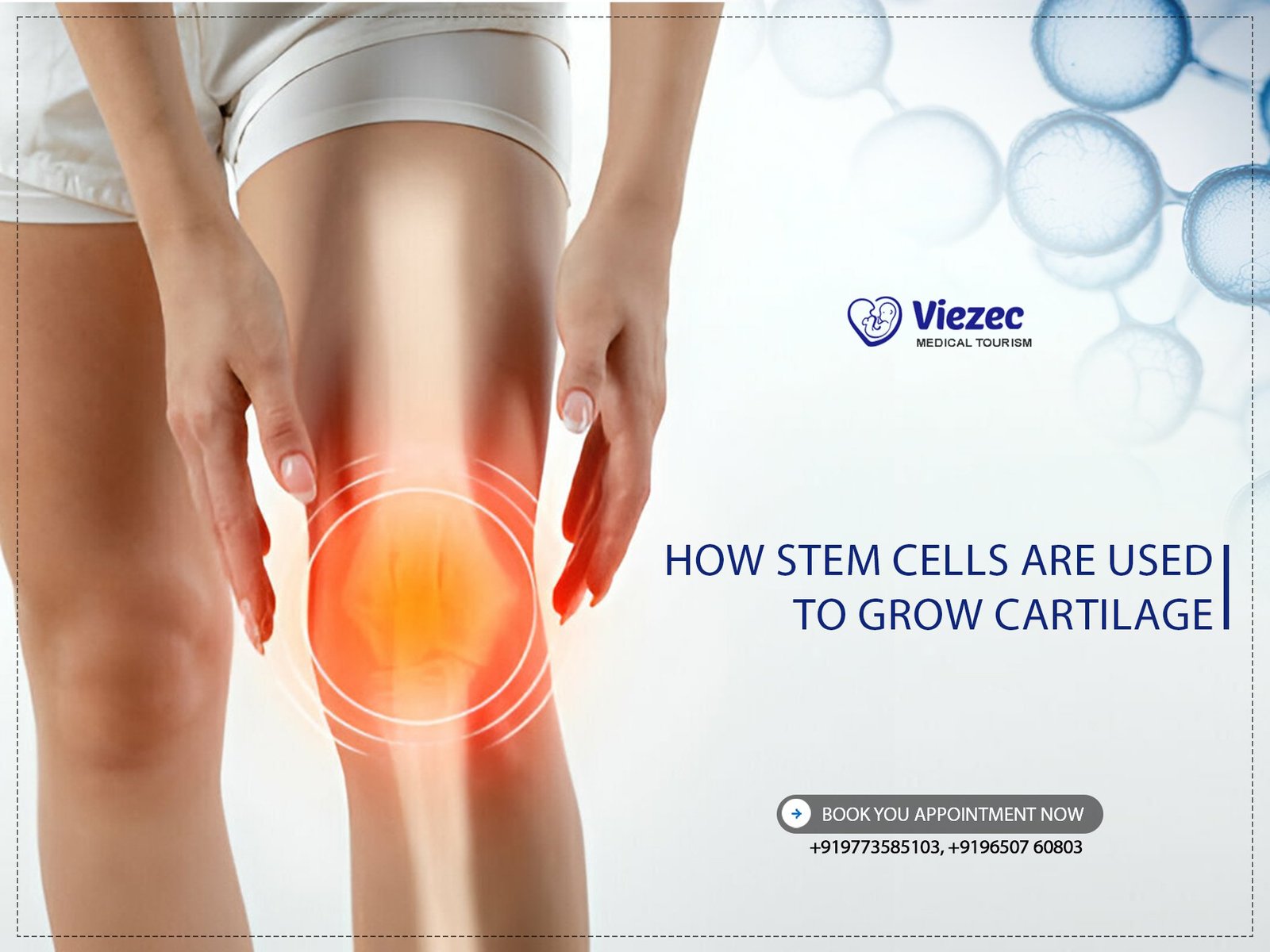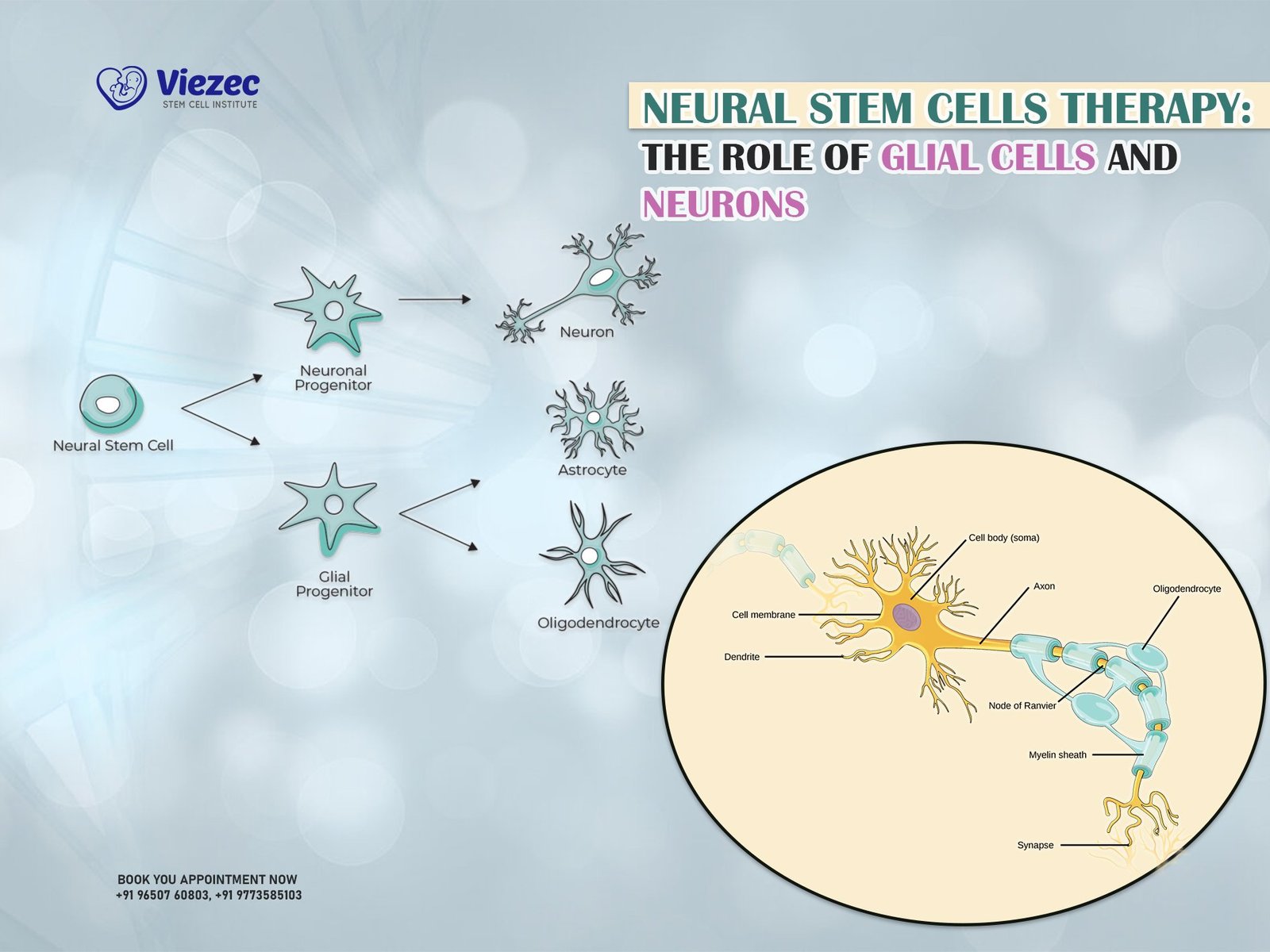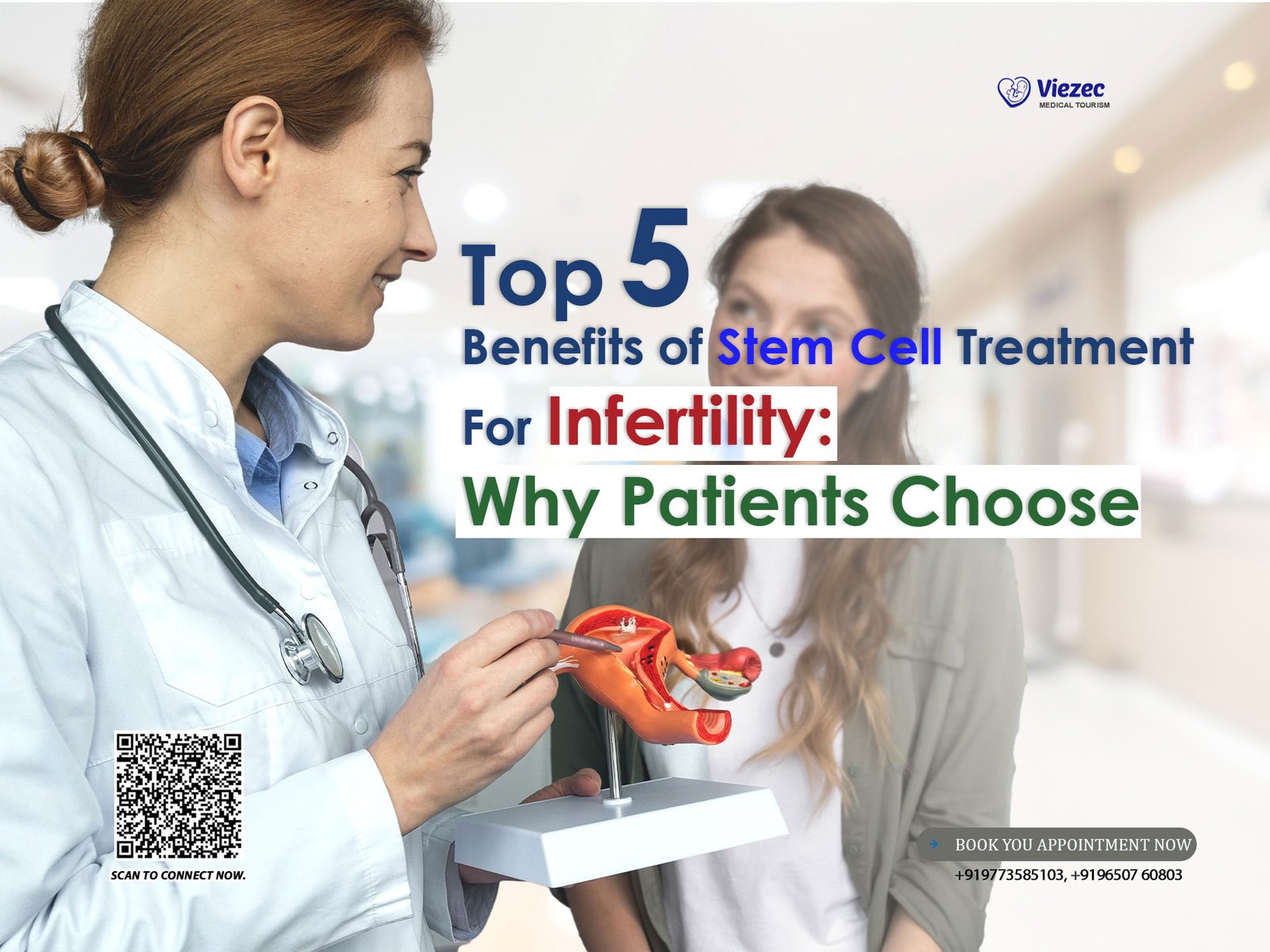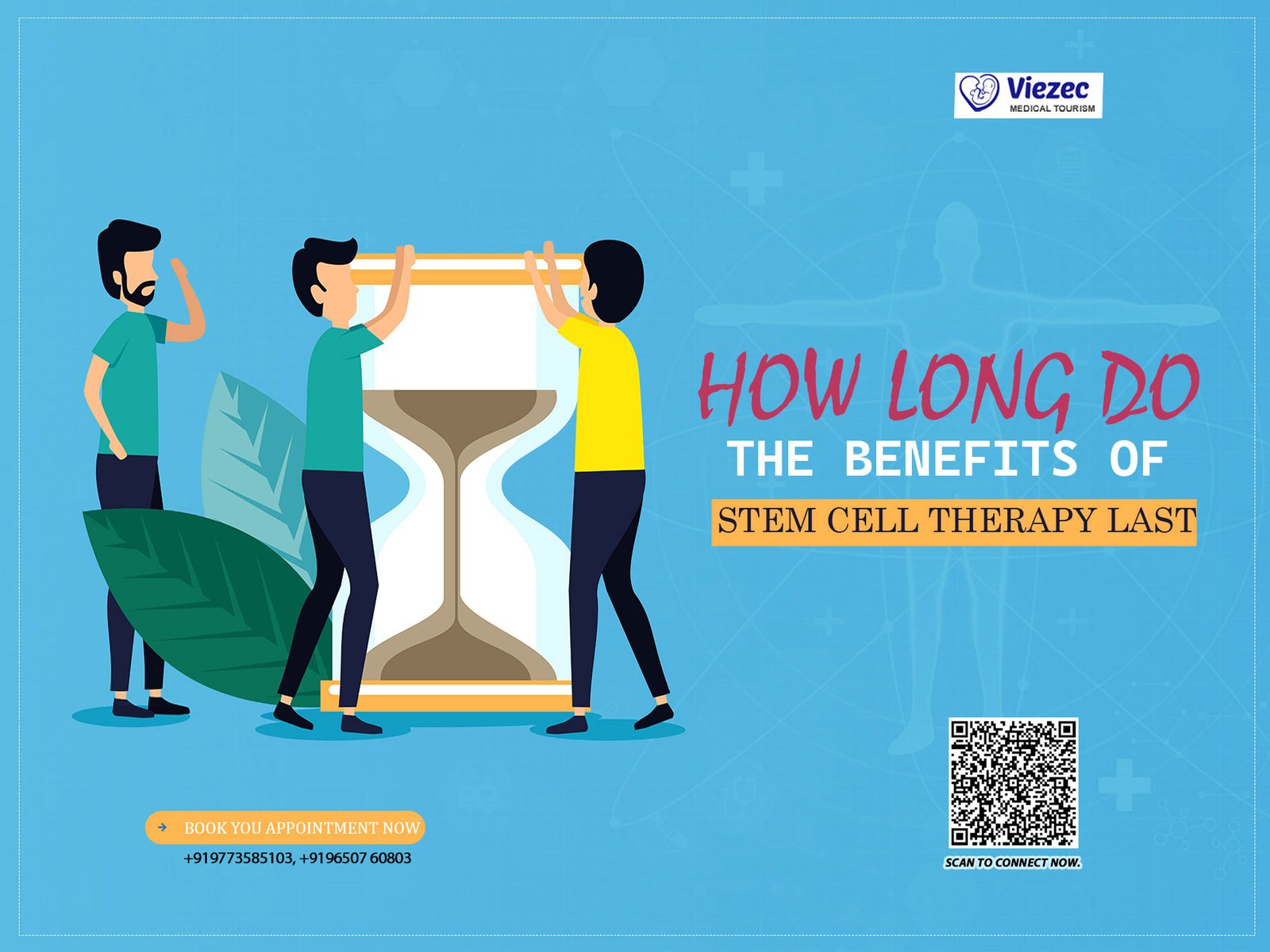Cartilage, the flexible connective tissue found in various parts of the body, plays a crucial role in maintaining joint health and mobility. Its unique structure allows for smooth movement and absorbs shock during physical activities, such as walking or running. However, cartilage has limited regenerative capacity, making it challenging to repair when damaged.
Importance of Cartilage in Joint Health
Cartilage serves as a protective cushion between bones, preventing friction and reducing the risk of joint injuries or degenerative conditions like osteoarthritis. Maintaining healthy cartilage is essential for preserving joint function and overall mobility.
Challenges in Cartilage Regeneration
Traditional methods for treating cartilage injuries, such as arthroscopic surgery or joint replacement, often provide temporary relief but fail to restore full functionality. Additionally, the avascular nature of cartilage limits its ability to self-repair, posing significant challenges for clinicians and researchers seeking effective regeneration strategies.
Can Stem Cells Regrow Cartilage?
Stem cells have emerged as a promising tool in regenerative medicine due to their unique ability to differentiate into various cell types and promote tissue repair.
Understanding Stem Cells and Their Regenerative Potential
Stem cells are undifferentiated cells capable of dividing and renewing themselves. They can differentiate into specialized cell types, including chondrocytes, the cells responsible for producing and maintaining cartilage. This regenerative potential makes stem cells an attractive option for cartilage repair and regeneration.
Evidence Supporting Stem Cell Therapy for Cartilage Regeneration
Numerous studies have demonstrated the efficacy of stem cell therapy in promoting cartilage repair and regeneration. By harnessing the regenerative properties of stem cells, researchers have developed innovative approaches to address cartilage defects and osteoarthritis, paving the way for more effective treatment options.
Is There a Way to Regrow Cartilage?
In the quest to regrow cartilage, stem cell-based approaches offer promising alternatives to traditional treatments.
Traditional Approaches vs. Stem Cell-Based Regeneration
Traditional methods for cartilage regeneration, such as microfracture surgery or autologous chondrocyte implantation, have limitations in achieving long-term functional restoration. In contrast, stem cell-based therapies aim to stimulate the body’s natural healing processes and promote the formation of new, functional cartilage tissue.
Advantages and Limitations of Different Techniques
Stem cell-based regeneration techniques offer several advantages, including minimally invasive procedures, reduced risk of donor site morbidity, and potential for long-lasting results. However, challenges such as optimal cell delivery, immune response, and regulatory concerns must be addressed to maximize the efficacy and safety of these therapies.
What is the Injection to Regrow Cartilage?
Injectable stem cell therapies hold promise as a minimally invasive approach for cartilage regeneration.
Overview of Injectable Stem Cell Therapies
Injectable stem cell therapies involve the direct delivery of stem cells into the damaged area of the joint using minimally invasive techniques. This targeted approach enables precise localization of stem cells to promote cartilage repair and regeneration.
Mechanisms of Action and Expected Outcomes
The mechanisms underlying injectable stem cell therapies involve the recruitment of endogenous stem cells, modulation of the inflammatory response, and stimulation of tissue regeneration. Patients undergoing these procedures can expect improvements in pain relief, joint function, and overall quality of life.
What Stimulates Cartilage Growth?
Understanding the factors that influence cartilage growth and repair is crucial for developing effective regenerative strategies.
Factors Influencing Cartilage Growth and Repair
Several factors, including mechanical loading, biochemical signaling, and genetic predisposition, play key roles in regulating cartilage homeostasis and repair. By manipulating these factors, researchers aim to enhance the body’s natural healing processes and promote cartilage regeneration.
Role of Growth Factors and Cytokines in Cartilage Regeneration
Growth factors and cytokines, such as transforming growth factor-beta (TGF-β) and insulin-like growth factor-1 (IGF-1), play critical roles in regulating chondrogenesis and cartilage matrix synthesis. Targeted delivery of these bioactive molecules can enhance the efficacy of stem cell-based therapies for cartilage repair.
Adult Stem Cells for Cartilage Regeneration
Adult stem cells sourced from various tissues offer promising prospects for cartilage repair and regeneration.
Sources of Adult Stem Cells for Cartilage Repair
Adult stem cells can be isolated from bone marrow, adipose tissue, or peripheral blood and subsequently expanded and differentiated into chondrocyte-like cells for cartilage regeneration. Each cell source has unique advantages and limitations, necessitating careful consideration in clinical applications.
Clinical Applications and Success Rates
Clinical studies have demonstrated the feasibility and efficacy of adult stem cell-based therapies for cartilage regeneration in various joint pathologies. While success rates vary depending on factors such as patient selection and treatment protocols, ongoing research aims to optimize outcomes and expand treatment options.
Stem Cell Transplantation for Articular Cartilage Repair
Stem cell transplantation techniques offer targeted approaches for repairing focal cartilage defects and osteoarthritis.
Procedure and Techniques Involved in Stem Cell Transplantation
Stem cell transplantation involves the surgical implantation of stem cells into the damaged area of the joint, either alone or in combination with biomaterial scaffolds or growth factors. Techniques such as autologous chondrocyte implantation (ACI) and matrix-induced autologous chondrocyte implantation (MACI) have shown promise in promoting cartilage repair and functional restoration.
Rehabilitation and Post-Transplantation Care
Effective rehabilitation and post-transplantation care are essential for optimizing outcomes following stem cell transplantation. Physical therapy, activity modification, and lifestyle interventions play critical roles in supporting cartilage healing and preventing complications.
Stem Cell-Based Cartilage Regeneration Technology
Advancements in stem cell culture and biomaterial design are driving innovations in cartilage tissue engineering and regeneration.
Innovations in Stem Cell Culture and Expansion
Novel culture techniques, such as three-dimensional (3D) bioprinting and microencapsulation, enable precise control over stem cell behavior and differentiation. These advancements enhance the scalability and reproducibility of stem cell-based therapies for cartilage regeneration.
Biomaterials and Scaffold Design for Enhanced Regeneration
Biomaterial scaffolds serve as templates for tissue formation and provide mechanical support during cartilage regeneration. Tailoring scaffold properties, such as porosity, degradation kinetics, and bioactive molecule incorporation, enhances cell attachment, proliferation, and extracellular matrix deposition.
Stem Cell-Based Therapeutic Strategies for Cartilage Defects
Customized approaches are essential for addressing the diverse nature of cartilage defects and degenerative joint diseases.
Tailored Approaches for Different Types of Cartilage Defects
The complexity of cartilage defects necessitates personalized treatment strategies based on factors such as defect size, location, and underlying pathology. From focal lesions to diffuse osteoarthritis, tailored approaches optimize outcomes and minimize the risk of treatment failure.
Combination Therapies and Future Directions
Combining stem cell-based therapies with other modalities, such as growth factors, gene therapy, or tissue engineering, holds promise for enhancing cartilage regeneration and functional restoration. Future research directions focus on optimizing treatment protocols and exploring synergistic interactions between different therapeutic modalities.
Clinical Trials and Regulatory Landscape
Overview of Current Clinical Trials in Stem Cell-Based Cartilage Regeneration
Several clinical trials are underway to evaluate the effectiveness of stem cell-based therapies for cartilage repair. These trials vary in terms of the cell source, delivery method, and patient population. For example, some studies focus on autologous MSCs derived from bone marrow, while others explore allogeneic stem cell products or tissue-engineered constructs.
Regulatory Challenges and Ethical Considerations
The translation of stem cell-based therapies from the laboratory to the clinic is accompanied by regulatory hurdles and ethical considerations. Regulators must balance the need to promote innovation with ensuring patient safety and informed consent. Ethical issues, such as patient recruitment, conflicts of interest, and access to experimental treatments, require careful consideration and oversight.
Patient Perspectives and Experiences
Testimonials and Case Studies of Patients Undergoing Stem Cell Therapy
Many patients who have undergone stem cell therapy for cartilage regeneration report positive outcomes. These testimonials often highlight improvements in pain relief, joint function, and mobility, allowing individuals to resume activities they once thought impossible. Case studies provide valuable insights into the real-world impact of these treatments on patients’ lives.
Managing Expectations and Addressing Concerns
While stem cell therapy offers hope to patients with cartilage damage, it is essential to manage expectations and address potential concerns. Not all individuals may experience the same level of improvement, and the long-term durability of treatment effects is still being studied. Patients should be fully informed about the risks, benefits, and alternatives before making treatment decisions.
Risks and Complications
Potential Risks Associated with Stem Cell Therapy for Cartilage Regeneration
Like any medical intervention, stem cell therapy carries certain risks and potential complications. These may include infection, inflammation, immune reactions, and unintended tissue formation. Additionally, the long-term effects of stem cell treatments on joint biomechanics and cartilage durability require further investigation.
Strategies for Minimizing Complications and Adverse Events
To mitigate risks associated with stem cell therapy, clinicians employ various strategies, such as stringent screening criteria, sterile processing techniques, and post-treatment monitoring protocols. Close collaboration between researchers, clinicians, and regulatory agencies is essential to identify and address safety concerns promptly.
Future Directions and Emerging Technologies
Cutting-Edge Research in Cartilage Tissue Engineering and Regeneration
Advances in tissue engineering and regenerative medicine hold promise for enhancing cartilage regeneration outcomes. Researchers are exploring innovative approaches, such as 3D bioprinting, gene editing, and stem cell priming, to overcome current limitations and accelerate tissue repair processes. These technologies offer exciting possibilities for personalized medicine and improved patient outcomes.
Promising Technologies on the Horizon
Emerging technologies, such as induced pluripotent stem cells (iPSCs), exosome therapy, and nanotechnology-based delivery systems, show potential for revolutionizing cartilage regeneration. iPSCs offer a scalable and customizable cell source, while exosomes provide a cell-free alternative for delivering therapeutic cargo. Nanotechnology enables precise control over drug release and tissue targeting, enhancing the efficacy and safety of regenerative interventions.
Towards Enhanced Cartilage Regeneration
Summary of Key Findings and Insights
Stem cell-based therapies have emerged as a promising approach for regenerating damaged cartilage and alleviating joint pain. By harnessing the regenerative potential of stem cells, researchers aim to restore joint function and improve the quality of life for millions of individuals worldwide. Despite challenges and uncertainties, ongoing research efforts continue to advance our understanding of cartilage biology and tissue engineering principles.
Implications for Clinical Practice and Future Research
The translation of stem cell-based cartilage regeneration from bench to bedside requires interdisciplinary collaboration, regulatory oversight, and patient-centered care. Clinicians must stay abreast of the latest developments in the field and critically evaluate the evidence to guide treatment decisions. Future research endeavors should focus on refining therapeutic strategies, optimizing treatment protocols, and conducting robust clinical trials to establish the safety and efficacy of stem cell-based interventions.









